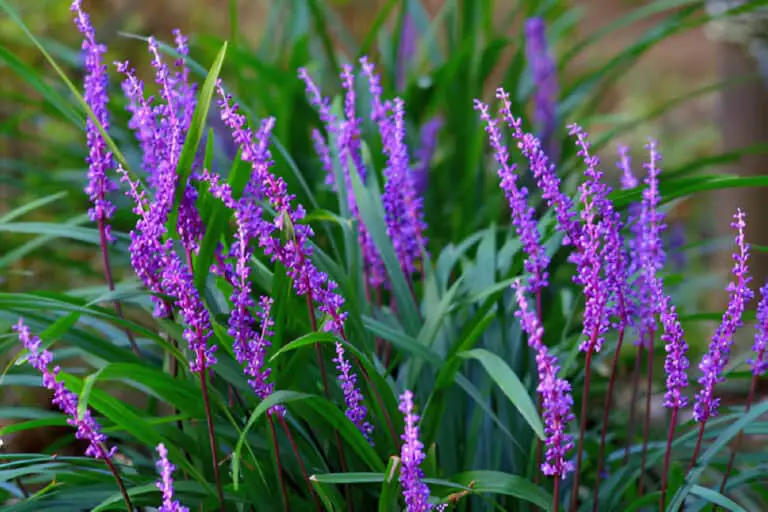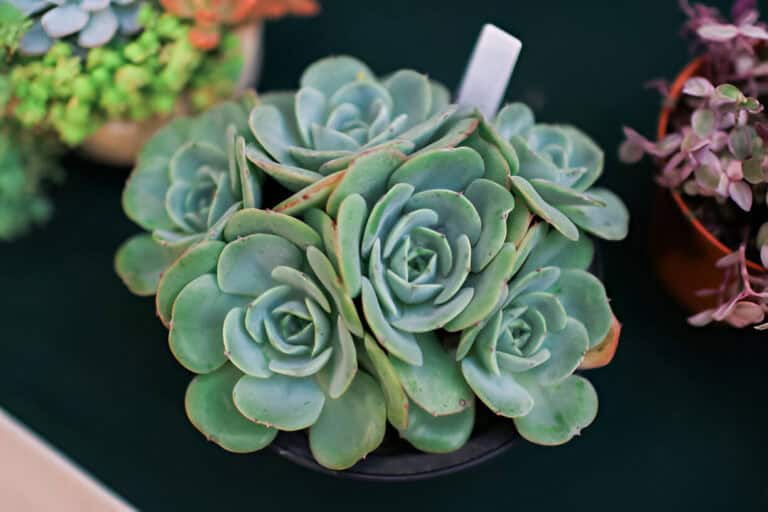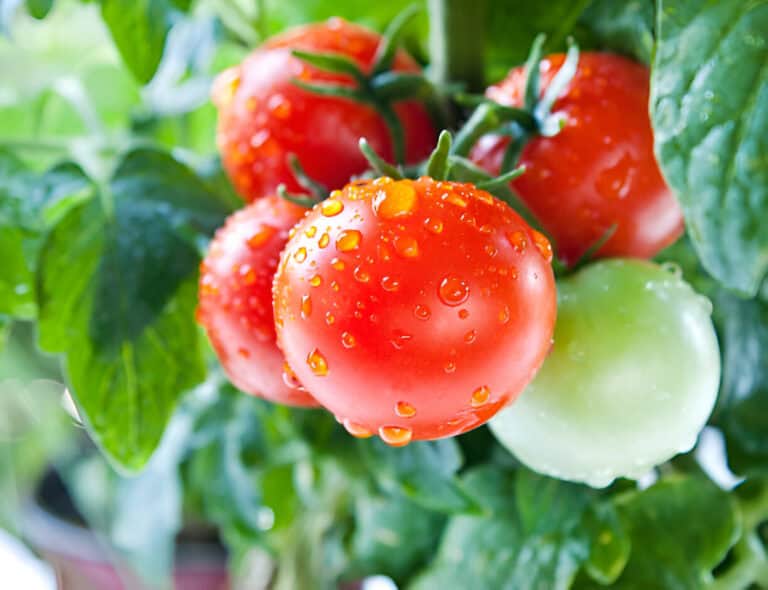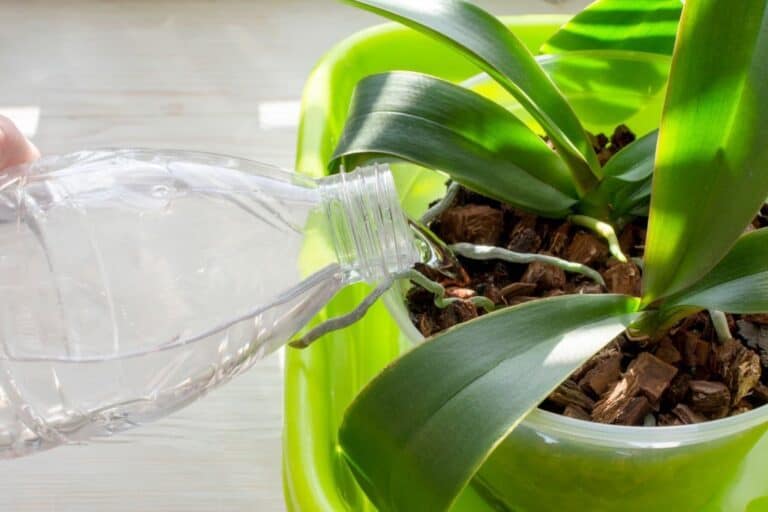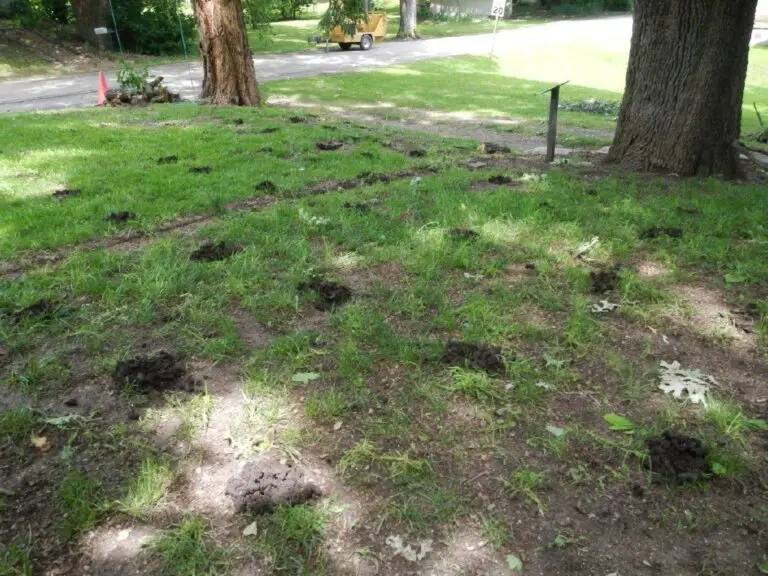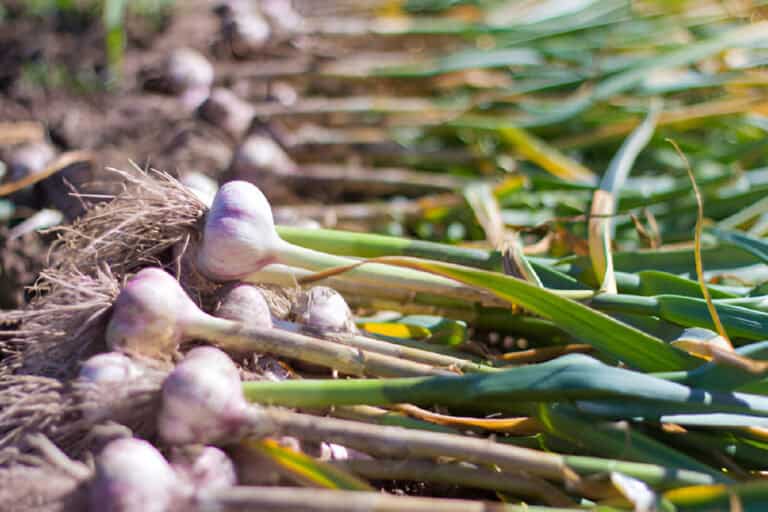Why Is My Hydrangea Losing Leaves? (And How to Fix Them)
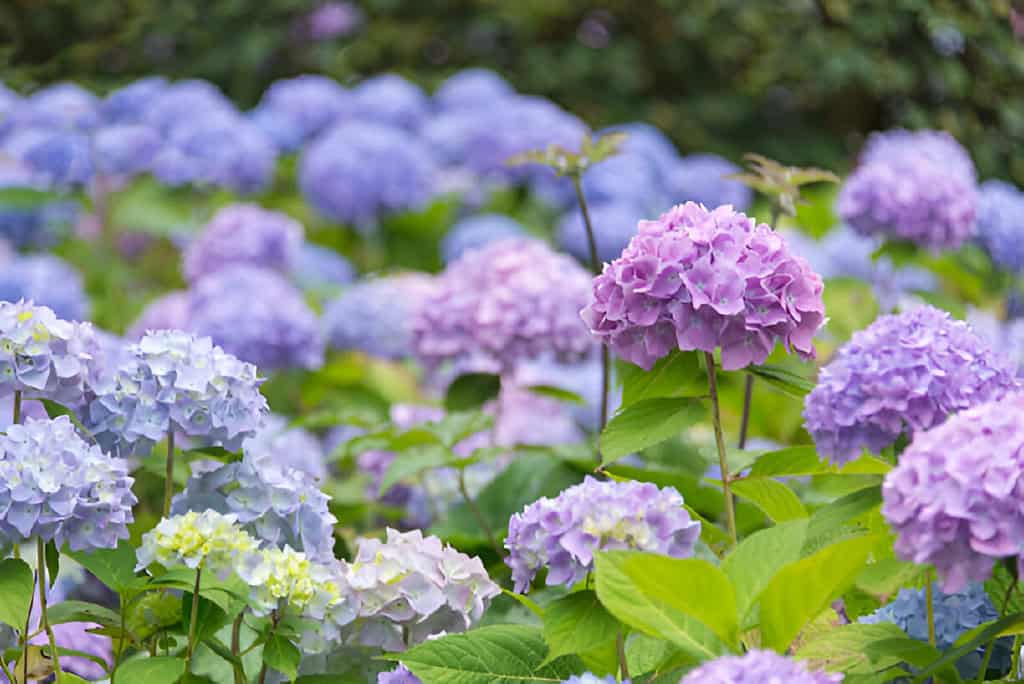
Have you noticed your hydrangea losing its lush, green leaves and wondered what could be going wrong? This common gardening dilemma can leave even seasoned gardeners scratching their heads.
Hydrangeas, with their large, stunning blooms and lush foliage, are a beloved addition to any garden. However, it can be disheartening to see these beautiful plants lose their leaves.
In this article, we’ll uncover why hydrangeas shed their leaves. We’ll also give you practical solutions to restore your plant’s health. By understanding the causes and making the right fixes, you’ll be ready to keep your hydrangeas thriving and beautiful all year.
Is It Normal for Hydrangea to Lose Leaves During Certain Seasons?
Yes, it is normal for hydrangeas to lose leaves during certain seasons. As deciduous plants, hydrangeas naturally shed their leaves in the fall as they enter a period of dormancy.
This process allows the plant to conserve energy and survive the colder months. The leaves will typically change color, turning yellow or brown, before falling off, which is a sign that the plant is preparing for winter.
During winter, the hydrangea will appear bare and lifeless, but this is a normal part of its life cycle. In the spring, you can expect new leaves to emerge as the plant awakens from dormancy and resumes active growth. If you notice leaf loss outside of the fall, it could be due to things like drought, overwatering, or pests.
To keep your hydrangea healthy, give it the right conditions. These include well-draining soil, enough water, and partial shade.
Regularly check for signs of pests or diseases and address any issues promptly. By understanding the natural cycles of your hydrangea, you can better care for it and enjoy its beautiful blooms year after year.
Understanding Why Hydrangea Leaf Loss
When I first noticed my hydrangea losing its leaves, I was puzzled. I thought I had been giving it enough water and sunlight, so why was it suddenly shedding its leaves? After doing some research, I learned that leaf loss in hydrangeas is a common problem that can have a variety of causes.
Understanding these factors is crucial. They help keep your hydrangeas healthy and beautiful.
Environmental Stressors
Hydrangeas are sensitive to their environment, and various stressors can lead to leaf loss. Factors such as extreme temperatures, inadequate sunlight, and wind exposure can all play a role.
- Temperature Extremes: Hydrangeas thrive in moderate temperatures. Exposure to extreme heat or cold can cause leaves to turn yellow and fall off.
- Sunlight: Hydrangeas prefer partial shade. But, too much sun can scorch the leaves. And too little can lead to weak growth and leaf drop.
- Wind Exposure: Strong winds can damage the foliage, causing leaves to tear and fall.
Watering Issues
Proper watering is vital for hydrangea health. Both overwatering and underwatering can lead to leaf problems.
- Overwatering: Too much water can cause root rot, leading to yellowing leaves and eventual leaf drop. Ensure your hydrangeas are planted in well-draining soil.
- Underwatering: Insufficient water can lead to dehydration, causing leaves to wilt, brown, and fall off. Keep the soil consistently moist but not waterlogged.
Pest Infestations
Pests can be a significant issue for hydrangeas, causing damage that leads to leaf loss.
- Aphids: These tiny insects suck sap from the leaves, causing them to curl, turn yellow, and drop.
- Spider Mites: These pests create small webs on the undersides of leaves and can cause significant leaf drops if not controlled.
- Scale Insects: Scale Insects attach to stems and leaves. They suck out plant juices. This leads to yellowing and dropping leaves.
Diseases
Hydrangeas can be susceptible to various diseases that affect their foliage.
- Powdery Mildew: This fungal disease presents as a white, powdery substance on the leaves, leading to leaf drop if not treated.
- Leaf Spot: Caused by fungi or bacteria, leaf spot manifests as dark spots on the leaves, causing them to yellow and fall.
- Root Rot: Often a result of poor drainage, root rot causes the roots to decay, leading to overall plant decline and leaf loss.
Nutrient Deficiencies
A lack of essential nutrients can cause hydrangea leaves to yellow and drop.
- Nitrogen Deficiency: Leads to yellowing leaves and stunted growth.
- Iron Deficiency: Causes a condition known as chlorosis, where leaves turn yellow but veins remain green.
- Magnesium Deficiency: Manifests as yellowing between the leaf veins, leading to overall leaf drop.
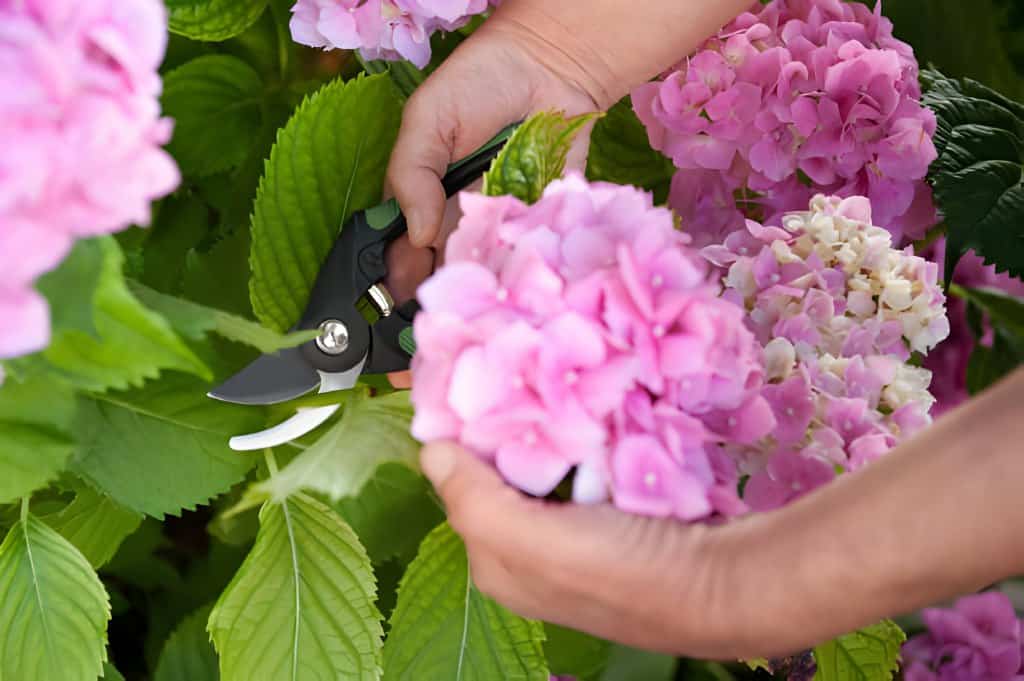
How to Fix Hydrangea Leaf Loss
1. Address Environmental Stressors
- Temperature Control: If your area has extreme temperatures, provide shade during hot spells. Protect hydrangeas from frost as well.
- Sunlight Adjustment: Ensure your hydrangeas receive morning sun and afternoon shade. If necessary, relocate the plant to a more suitable spot.
- Plant Hydrangeas: Plant hydrangeas in sheltered spots. Or, use windbreaks to shield them from strong winds.
2. Proper Watering Practices
- Watering Schedule: Water hydrangeas deeply once or twice a week, depending on weather conditions. Use a moisture meter to ensure the soil remains evenly moist.
- Improve Drainage: If your soil drains poorly, amend it with organic matter to enhance drainage. Consider raising beds or containers for better control over soil conditions.
3. Pest Management
- Regular Inspection: Check your hydrangeas regularly for signs of pests. Look for curled or discolored leaves, webs, or sticky residue.
- Natural Remedies: Use insecticidal soap or neem oil to control aphids, spider mites, and scale insects. Encourage beneficial insects like ladybugs, which prey on aphids.
- Professional Help: For severe infestations, get professional help. Consult a pest control service. They will apply treatments safely.
4. Disease Prevention and Treatment
- Pruning: Remove and dispose of affected leaves and stems promptly to prevent the spread of disease. Ensure tools are sterilized to avoid cross-contamination.
- Fungicides: Apply fungicides as needed to control powdery mildew and leaf spot. Follow the label instructions carefully.
- Improving Air Circulation: Improve air flow by spacing plants well. This reduces leaf humidity, which can prevent fungal diseases.
5. Nutrient Management
- Soil Testing: Conduct a soil test to determine nutrient deficiencies. Most garden centers offer soil testing services, or you can purchase a home test kit.
- Fertilization: Apply a balanced, slow-release fertilizer in early spring and mid-summer. For specific deficiencies, use targeted supplements. For example, use chelated iron for iron deficiency or Epsom salts for magnesium deficiency.
- Mulching: Add mulch around the base of your hydrangeas. It retains soil moisture, controls temperature, and enriches soil as it decomposes.
Quick Reference Table
| Issue | Symptoms | Solutions |
| Environmental Stress | Yellowing, dropping leaves | Adjust sunlight, provide wind protection, and moderate temperatures. |
| Watering Issues | Yellowing, wilting leaves | Ensure well-draining soil, water deeply but not excessively |
| Pest Infestations | Curled, yellow leaves, webs | Use insecticidal soap, encourage beneficial insects |
| Diseases | White powder, dark spots on leaves | Prune affected areas, apply fungicides, and improve air flow |
| Nutrient Deficiencies | Yellowing between veins, stunted growth | Conduct soil test, apply balanced fertilizer, and use supplements |
By following this guide, you can tackle the most common issues that lead to hydrangea leaf loss and enjoy the lush, healthy growth of your plants. Happy gardening!
| Read: Nandina Losing Its Leaves: How to Treat Them |
How Can I Tell if My Hydrangea Healthy Despite Losing Leaves?
Determining the health of your hydrangea despite losing leaves can be straightforward if you know what to look for. First, observe the plant’s overall appearance.
Healthy hydrangeas will still have firm, vibrant stems, even if some leaves are shedding. Check for new growth. This includes buds forming along the stems. It shows that the plant is still thriving and getting ready for the next growing season.
Additionally, examine the remaining leaves for signs of disease or pests. Healthy leaves should be free of spots, discoloration, or holes. If you notice any abnormalities, it may be a sign that the plant is experiencing stress or an infection. However, a few blemishes on older leaves can be normal and not necessarily a cause for concern.
Another crucial factor is the root system. Gently check the soil around the base of the plant to ensure it’s not waterlogged or too dry. Hydrangeas prefer moist, well-draining soil. Roots should be firm and white, not mushy or dark, which could indicate root rot. Proper watering practices are essential to maintaining the health of your hydrangea.
Lastly, consider the plant’s blooming patterns. A healthy hydrangea typically produces abundant flowers during its blooming season. Even if it’s losing some leaves, the presence of healthy blooms is a positive sign.
Conclusion
Understanding why your hydrangea is losing leaves is the first step toward restoring its health and beauty. You can help your hydrangea thrive. Do this by facing environmental stressors. Water well. Manage pests and diseases. Also, ensure optimal nutrients.
Regular monitoring and timely help will keep your hydrangea vibrant. It will also keep it resilient and at the center of your garden. With the right care, your hydrangeas will keep blooming beautifully. They will reward you with their stunning flowers and lush leaves for many seasons.

